On 27 January 1945 Soviet troops liberated Auschwitz-Birkenau death camp, where an estimated 1.1 million Jewish people had been murdered. In most other locations where mass murders had occurred the Nazi Germans had managed to destroy most of the infrastructure. They did not succeed at Auschwitz.
Today Auschwitz is the physical symbol of the Holocaust (Shoah), which claimed an estimated 6 million Jewish lives. For this reason the United Nations has dedicated 27 January as International Holocaust Remembrance Day.
Among the Jewish victims were some 104,000 from the Netherlands and within that number there were at least 420 who were classified as Jewish Christians.
Some years ago I was asked by Rev David Pileggi of Christ Church Jerusalem to research the fate of those Jewish people who were associated with the Church during the Holocaust. The first publication, Bazyli & Anna Jocz—Jewish Christian Victims of the Holocaust, was concerned with the Jewish Christians in Poland.
Concerning the Netherlands I became aware of a certain ‘List’ with the names of full-blood Jewish people who stated their affiliation with the Church. In 2019 while on a research trip to Europe, including the Netherlands, this ‘List’ was located.
The ‘List’, which was compiled in 1942, contains information relating to some 1,881 full-blood Jewish people. Basically those who registered as being associated with the Church were divided into three categories: Roman Catholic, Reformed and other denominations. Regulations prohibited me from photocopying or photographing the names, so they had to be typed out, together with other relevant information. Those same regulations hinder me from publishing these names.
Back in Australia, I spent considerable time cross-referencing all of those names against the names of the known Jewish people in the Netherlands who were murdered in the Holocaust. It is clear that at least 420 Jewish Christians were murdered. The ‘List’ does not include Jewish people who became followers of Jesus during the War and who were subsequently murdered. It seems that many Jewish people did become genuine followers of Jesus during the War.
Following the German occupation of the Netherlands in May 1940 the Protestant Churches formed a group with the aim of representing the collective Protestant Church to the German authorities. Then as anti-Jewish regulations became more evident the Roman Catholic Church joined this body in October 1941, which then became known as the ‘Interdenominational Consultation’, or IKO
This ideology was evil, and unfortunately many people, in Germany and elsewhere, were part of it. What a lesson for us to learn today.
When news of the deportations of Jewish people from the Netherlands to the ‘east’ became known in late June and early July 1942, the IKO sprang into action. They sent a very strong protest message to the Nazi leaders in the Netherlands, especially Reich Commissioner Seyss-Inquart. Their objective was primarily to protest the collective deportations of the Jewish people, and only secondarily to defend the Jewish Christians in their Churches. The Churches could effectively rally the support of some seven million Dutch citizens.
The Nazi leadership, however, was determined to thwart such opposition to their officially sanctioned plan to murder all the Jewish people of Europe and surrounding regions, including the 140,000 or so living in the Netherlands. They set-out to neutralize the opposition of the IKO and also to divide it.
In their response the Nazi leadership ‘promised’ that Jewish Christians (termed as baptized Jews) would not be deported. Although this was not the central purpose of the IKO protest, nevertheless the Reformed Church took this ‘promise’ seriously. As evidence later revealed, however, the Nazi leadership had no intention to honour this ‘promise’—they would wait to send the Jewish Christians ‘east’ at a ‘politically convenient time’. The Nazi leadership had no intention of allowing any Jewish people to survive. Faith meant absolutely nothing in the Nazi world-view—only bloodline.
While the Reformed Church leadership then majored upon protecting the ‘baptized Jews’, the other constituents of the IKO, especially the Roman Catholic Church (under the leadership of Archbishop Johannes de Jong), persisted in their protest against the collective deportations.
The Nazi leaders were very perturbed by this stance, and particularly by the Roman Catholic leadership. Consequently they ordered the arrest of the Jewish Catholics and for them to be sent ‘east’, which was a euphemism for being transported and murdered. Hundreds of Jewish Catholics were arrested on 2 August 1942, and some 113 were soon after murdered at Auschwitz.
The Jewish Christians, especially the Catholics, were not immune thereafter from deportation and death, and more did die, although those in mixed marriages were part of a so-called ‘protected group.’ In 1943 these were offered the possibility of undergoing sterilization in order to be saved from deportation.
Although over 200 Jewish Protestants were murdered by the Nazis, the vast majority remained protected due to the stance taken by the Reformed synod in July 1942. Many others went ‘underground’ and were hidden by brave Dutch citizens.
Dutch Holocaust historian Jacob Presser states there were a number of so-called ‘protected’ groups of Jewish people. However from mid-1943 when the majority of the Dutch Jewish people had been sent ‘east’ (and murdered at Auschwitz and Sobibor) then the ‘politically convenient time’ arrived to begin deporting even those in the so-called protected groups.
This included the Jewish Protestants, the majority of whom were then rounded up from May 1943 and ultimately sent to Westerbork camp in the east of the Netherlands. Then from September 1944 most of these were sent to Theresienstadt (Terezin) concentration camp in the Czech Republic. The majority of these survived, although in Theresienstadt, away from the proximity of the Reformed synod, they did not receive special privileges.
Former Christian Reformed minister, Rev. Peter Abetz states, ‘ideas have consequences’. The ideology behind Nazism determined that the Aryan or Nordic peoples were more superior to all others, and at the bottom of the list of the ‘others’ were the Jewish people. As such they were going to assist the process of ‘natural selection’, of the stronger (the Nazi-Aryan-Germans) eradicating the weaker, that is, the Jewish people (as well as the Gypsies).
Nothing was going to stop them from implementing this ideology, and if manipulation and deceit were necessary in the short-term, then this was done until the ‘politically correct time’ came, and the process of mass murder would then be completed. This ideology was evil, and unfortunately many people, in Germany and elsewhere, were part of it. What a lesson for us to learn today. The ‘spirit’ of genocide did not disappear in 1945.
This period of history also reveals the positive legacy left by numerous Dutch Gentiles, such as Archbishop de Jong and Corrie ten Boom, of remaining faithful to Scripture and the Judeo-Christian heritage. One other aspect concerns the Jewish followers of Jesus themselves. Many times in history they have been misunderstood and even rejected by both covenant-related communities, Israel and the Church. However between 1939-1945 they suffered and many died, as followers of Jesus and as Jews. Perhaps it is time they are given their due respect, honour and place in history.
© Kelvin Crombie 2022.
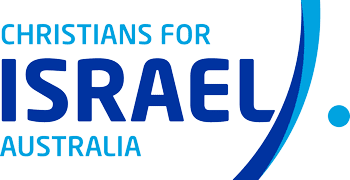
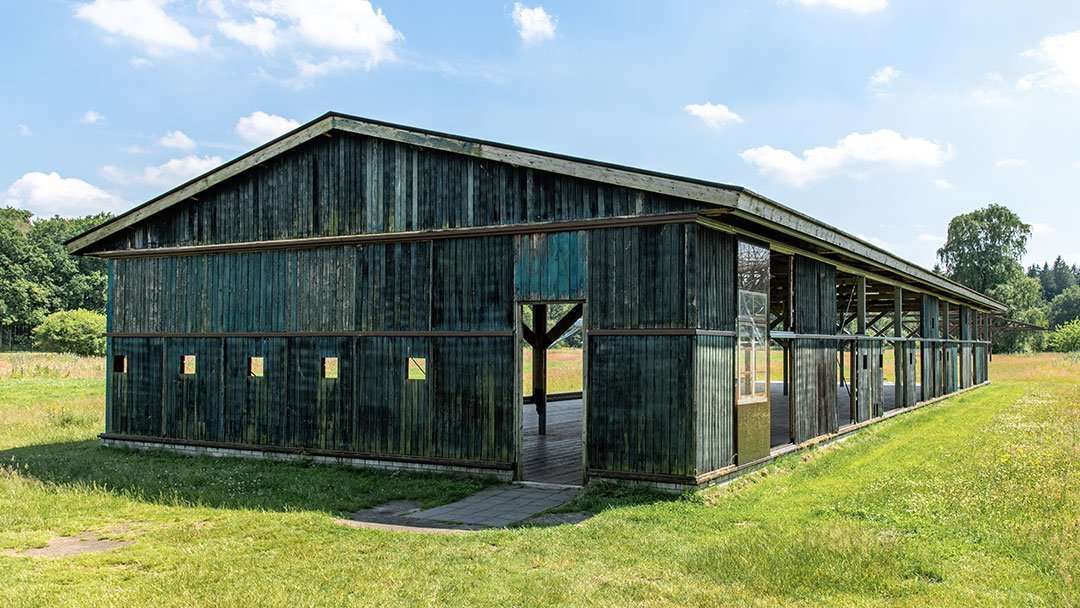
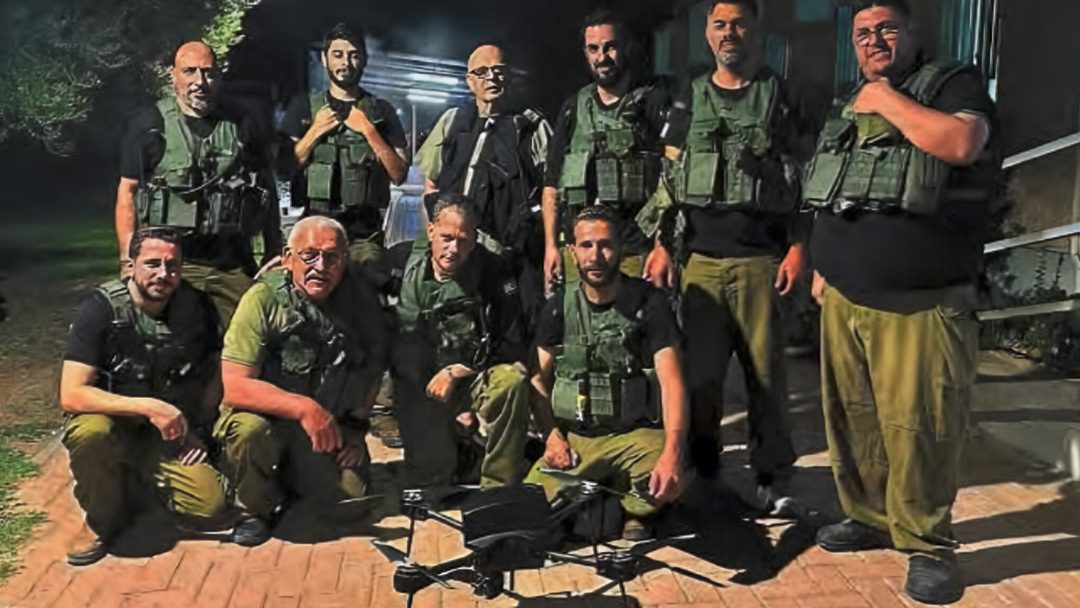
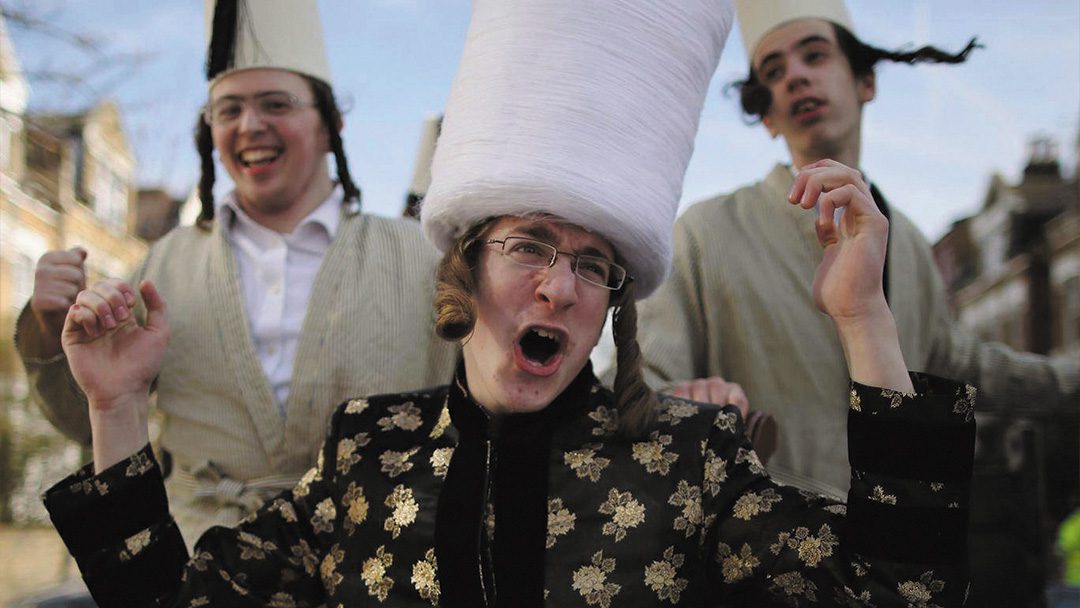
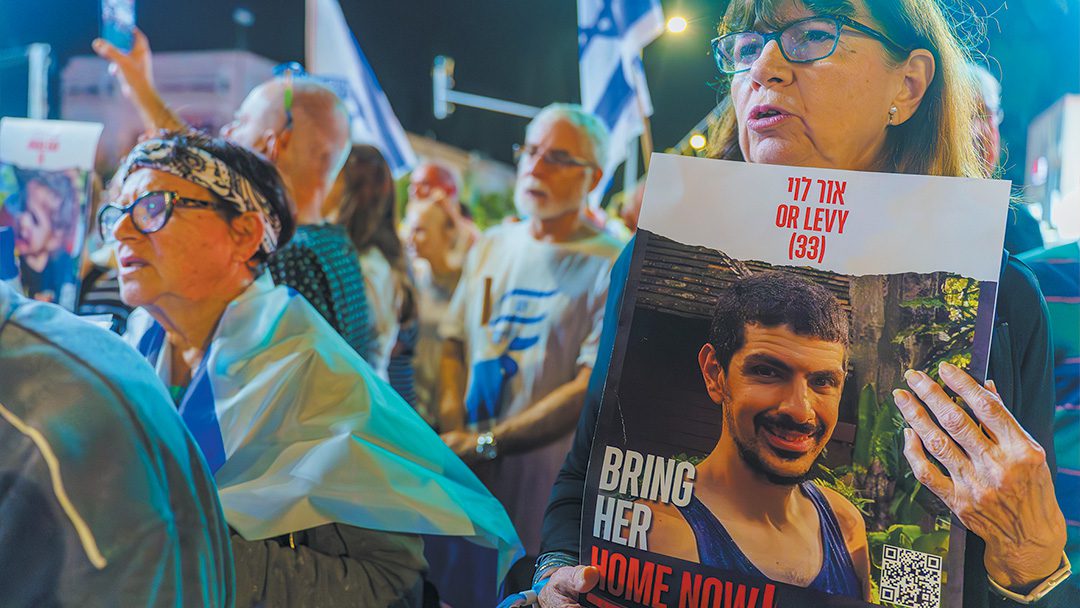

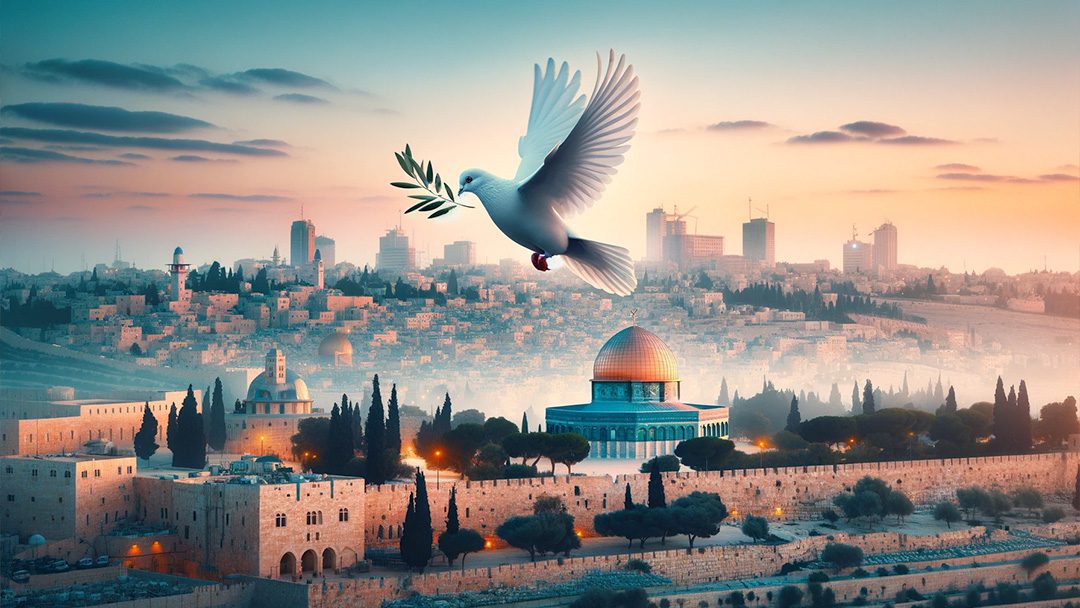
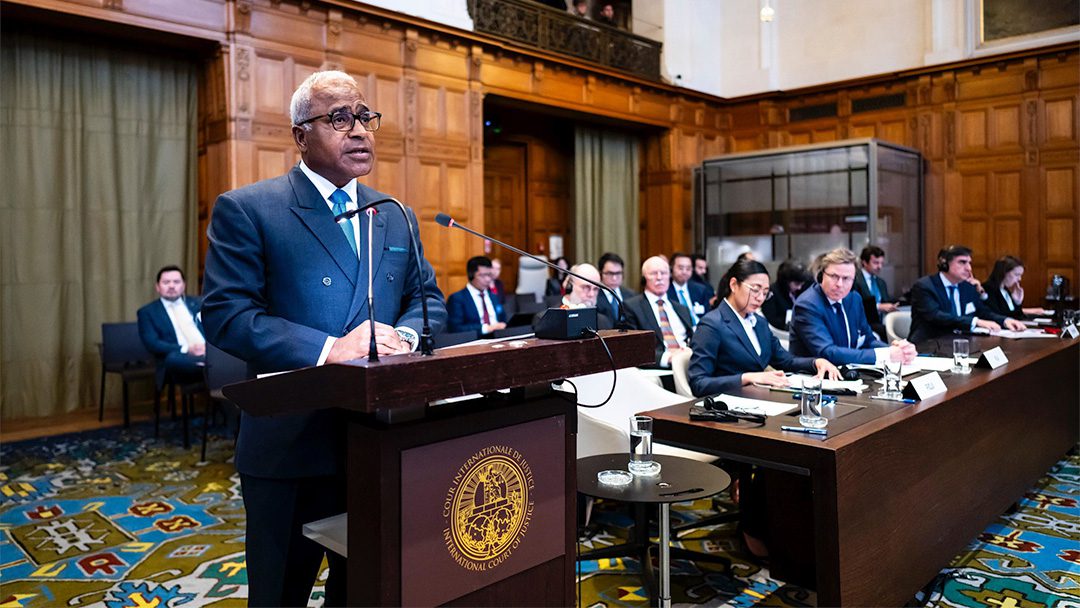

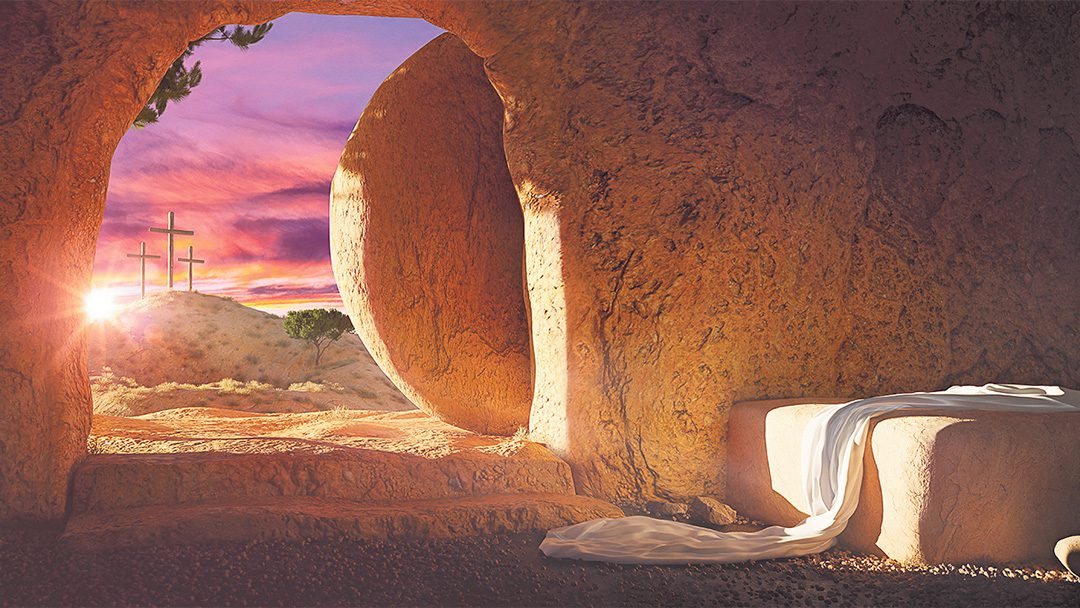
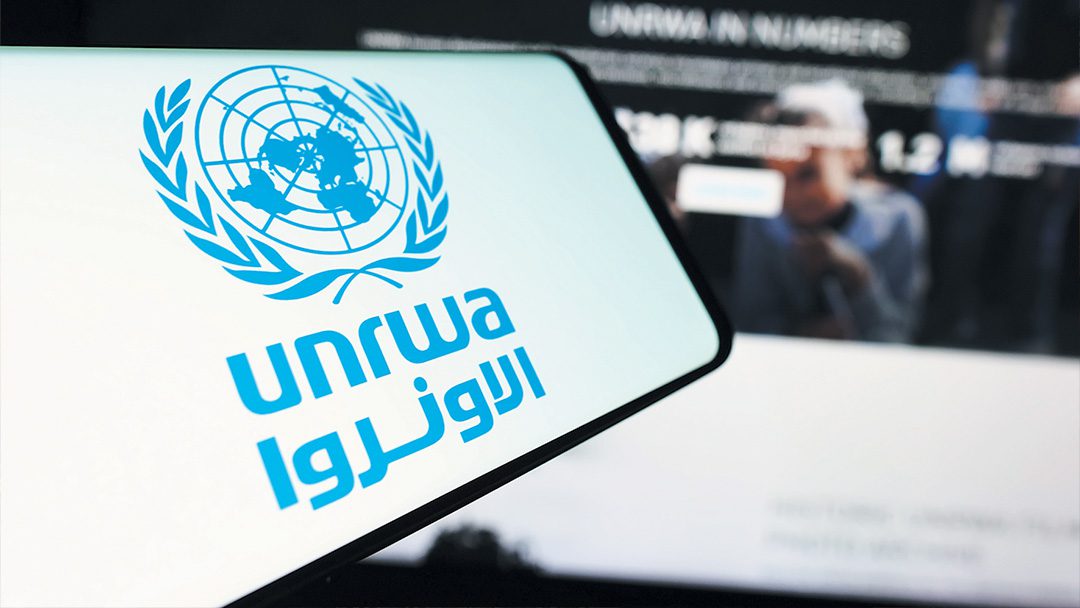

0 Comments